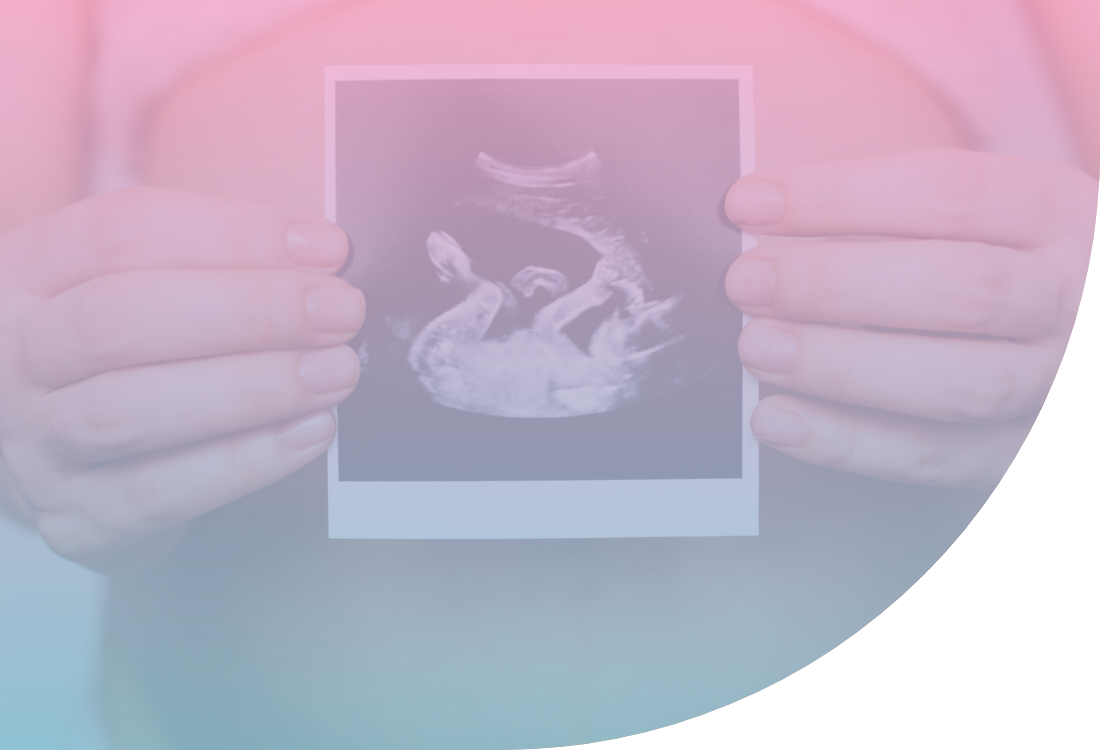At Embryowish, we offer modern fertility treatments in Athens, tailored to every couple’s or woman’s needs. Specializing in infertility treatments and advanced IVF treatments in Greece, our team is here to guide you with expertise and care. Discover all available options and choose the fertility treatment that suits you best.
Extended Embryo Culture and Blastocyst Transfer
Extended Embryo Culture and Blastocyst Transfer is a technique that allows for the selection of embryos with proven potential for further development, as only the best embryos reach the blastocyst stage.
Extended Embryo Culture and Blastocyst Transfer Process
Embryos, after fertilisation and the process of cell division, reach the blastocyst stage around the 5th-6th day after fertilisation. The blastocyst consists of 70-100 cells, compared to the 8 cells of 3-day embryos. It comprises two groups of cells: the inner cell mass, which will develop into the embryo, and the trophoblast, which will form the placenta.
Extended Embryo Culture and Blastocyst Transfer involves cultivating the embryos until the 5th day after oocyte retrieval. This method is recommended for couples with at least 6-8 embryos, of which at least four should be good quality on the 3rd day. On average, 30-40% of embryos reach the blastocyst stage. For example, if a couple has 12 oocytes and 8 are fertilized, on the 3rd day, 4-6 embryos of good quality are expected, and by the 5th day, 2-4 blastocysts are expected to have developed.
Benefits of Extended Embryo Culture and Blastocyst Transfer
Extended Embryo Culture and Blastocyst Transfer offers significant advantages, such as:
- Better embryo selection: Embryos with the highest potential for transfer are chosen.
- Higher pregnancy rates: The chances of success are increased.
- Better synchronisation with the endometrium: Ensures better embryo implantation.
- Reduction in multiple pregnancies: Possibility of transferring one or two embryos.
- Pre-implantation genetic testing: Ability to analyse embryos for genetic anomalies.
Limitations and Recommendations
Extended Embryo Culture and Blastocyst Transfer are not indicated for all cases. It requires the presence of several high-quality embryos. It can be applied to women with a large number of oocytes, in cases of severe oligoasthenoteratozoospermia or testicular biopsy, in cases of previous failed attempts with 2nd-3rd day embryos, or for pre-implantation genetic testing. However, if the 3-day embryos are few, it is preferable to transfer them to the uterus, as they have better chances of achieving pregnancy.
Extended Embryo Culture and Blastocyst Transfer requires specialized culture media and a modern embryology laboratory with experienced embryologists. While this technique is highly effective, not all embryology laboratories can successfully implement it. A laboratory of average quality may support culture up to the 2nd or 3rd day. A high-quality laboratory is necessary for Extended Embryo Culture and Blastocyst Transfer to ensure ideal cultivation conditions. With blastocyst transfer, the chances of pregnancy increase because only the best embryos reach this stage, indicating a high probability of success.
